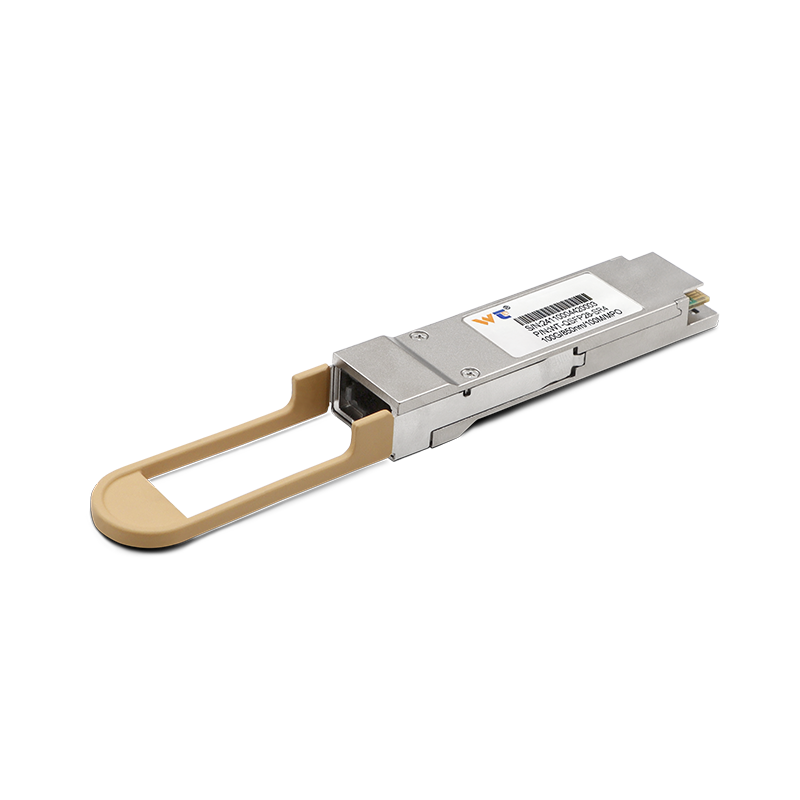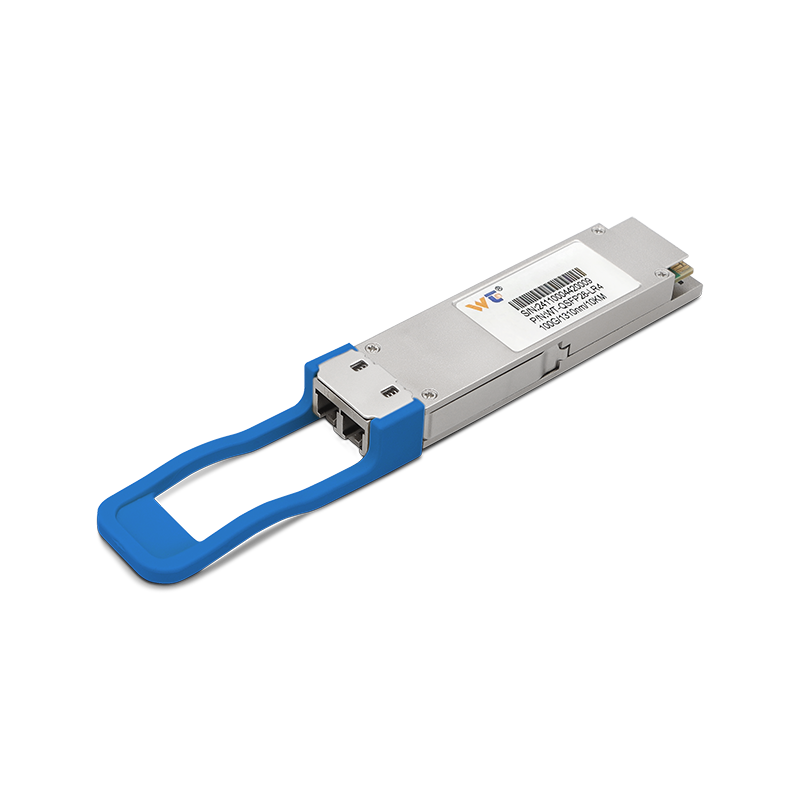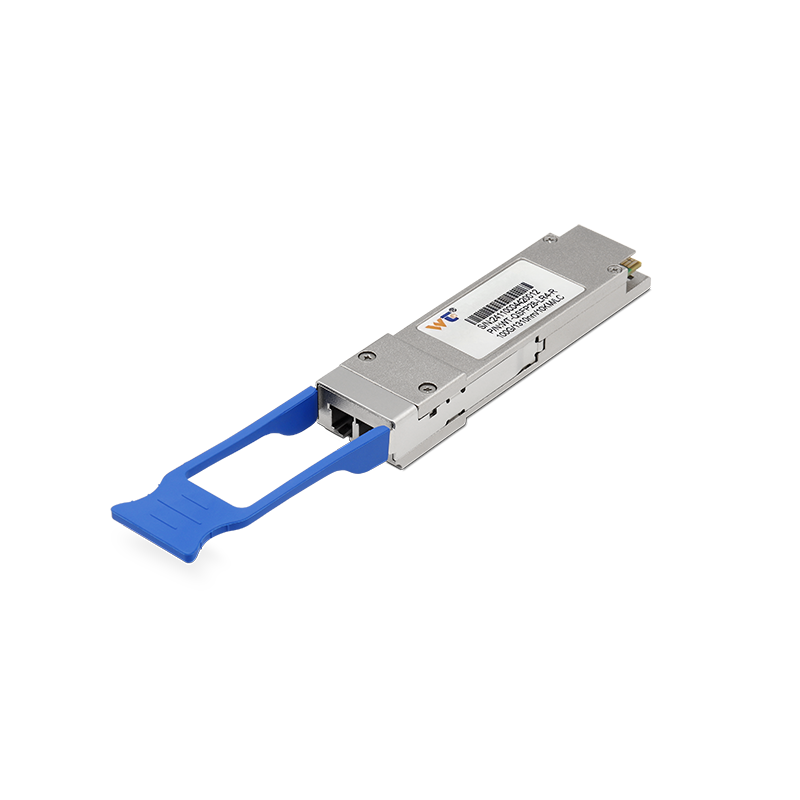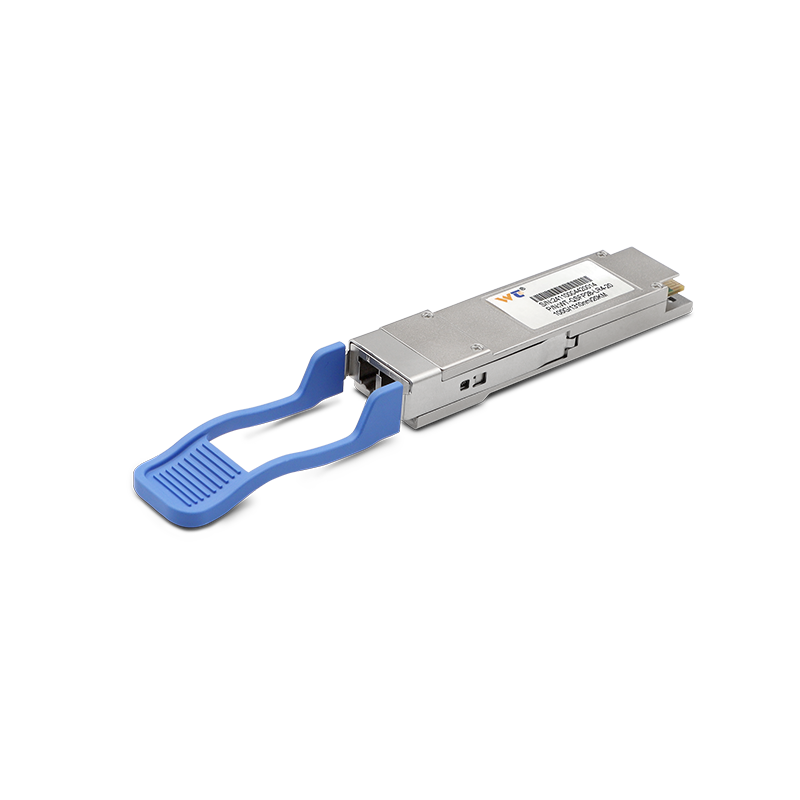In today’s digital world, IPv4 addresses get a lot of attention—and for good reason. We all know that there’s a looming crisis: we’re running low on these essential addresses. As someone who’s dipped their toes into the tech pool, it's fascinating to dig into why a staggering 4.3 billion IPv4 addresses aren’t cutting it anymore. It’s not just a techie issue; understanding this is crucial for anyone involved in networking. As the number of devices connected to the internet skyrockets, we have to consider how to keep our networks functional and efficient. So let’s dive into this conundrum and explore some of the limitations while also looking at potential solutions moving forward.
At the heart of the matter is the massive increase in devices craving internet connections. Think about it: smartphones, tablets, all sorts of IoT gadgets, and smart home appliances have become commonplace. It’s no wonder that our cherished pool of IPv4 addresses is draining faster than ever. Each of these gadgets demands a unique IP address to chat over the web, and as our lives become increasingly intertwined with technology, that demand only escalates. To make matters worse, we’ve got lots of organizations hogging IP addresses they don’t even use, which only exacerbates this shortage. This has sparked a growing belief among network engineers that we need to shift gears toward more sustainable solutions, paving the way for IPv6.
Now, let’s break down IPv4 itself. This version of the Internet Protocol is like the cornerstone of today’s internet, allowing devices to identify and communicate with one another through a specific addressing system. Each IPv4 address has 32 bits, which translates to roughly 4.3 billion unique addresses—a number that seemed huge way back in the 80s when it was first rolled out. But fast forward to the present day, and we’re left grappling with the ramifications of that initial decision. The looming threat of IPv4 exhaustion has birthed clever workarounds like Network Address Translation (NAT). NAT enables groups of devices on a local network to share a single public IP address, stretching our dwindling resources a bit further. Additionally, we have CIDR (Classless Inter-Domain Routing) that optimizes routing by grouping IP address blocks together, effectively easing the load on routing tables. Yet, let's be honest—these are just temporary band-aids.
To really tackle this head-on, network engineers can follow a handful of strategic steps:
- Evaluate Current Inventory: Take stock of how many IPv4 addresses are in use versus how many are just sitting idle.
- Utilize NAT: Embrace Network Address Translation to allow multiple devices in a local network to share a public IP address, while keeping things organized with unique private IPs.
- Shift to IPv6: Begin the migration to IPv6. This next-gen protocol offers a virtually unlimited address space, ready to accommodate the ever-growing number of devices.
- Refine Address Allocation: Implement smart address management practices, ensuring that IPv4 addresses are allocated wisely. Consider integrating CIDR for more effective distribution.
- Educate the Team: Spread the word among colleagues and stakeholders about the necessity of IPv4 transition and familiarize everyone with the ins and outs of IPv6.
For those deeply involved in the networking sphere, these steps might spark curiosity about future directions in research. How can we champion IPv6 adoption more broadly, and what influence would this have on optimizing network efficiency? Transitioning to IPv6 holds the promise of preventing further fragmentation of our IP landscape while introducing advanced features like improved security and simpler configurations.
Investing in IPv6 not only revitalizes our management capabilities but also paves the way for future growth as the number of devices keeps rising at an astounding rate.
Let’s address some common questions:
- Why is IPv4 running out?: It’s all about the explosion of devices connected to the internet and the less-than-ideal allocation of existing addresses.
- Is making the switch to IPv6 crucial?: Absolutely! IPv6 is vital for increasing our address supply and future-proofing our networks.
- Can NAT alone solve the IPv4 problem?: While NAT gives us a short-term fix, transitioning to IPv6 is imperative for a long-term solution.
As we find ourselves at this pivotal moment in network engineering, embracing practical steps toward IPv6 is essential for effectively managing the limitations posed by IPv4 addresses. Getting hands-on experience—whether through real-world testing or lab scenarios—will significantly boost your understanding and skills.
In conclusion, the impending exhaustion of IPv4 addresses is a pressing challenge that needs our attention now. By highlighting the protocol's limitations, we unveil the urgent need for solutions like IPv6 and NAT. With clear action steps for network engineers, we’re in a prime position to address this issue. Plus, as we dive deeper into promoting IPv6 usage, it’s essential to remain committed to discovering innovative strategies that expand our IP space and enhance overall network effectiveness. Our ongoing research and collaboration will directly influence the future of networking, ensuring our connections remain strong in an increasingly digital era.






